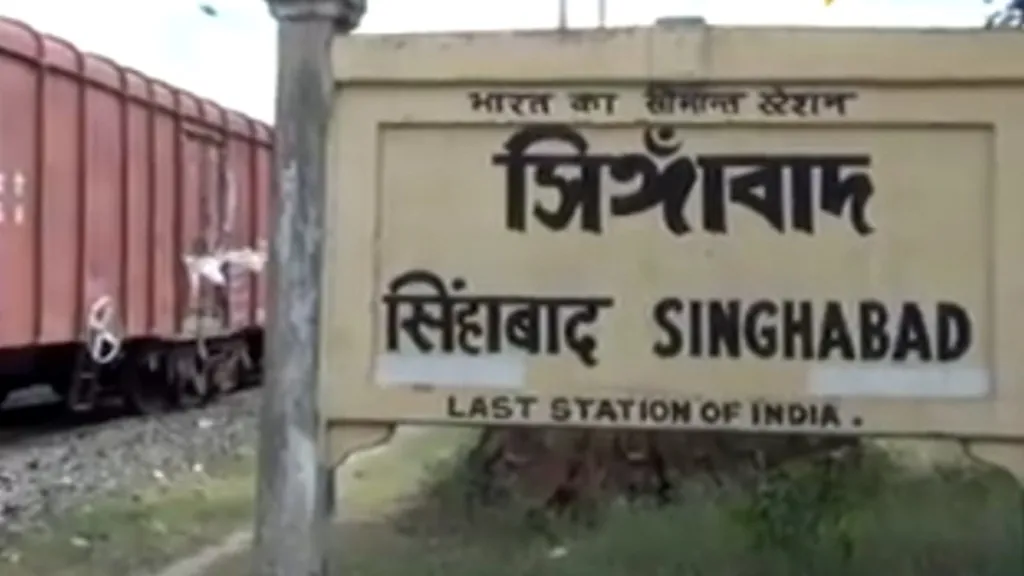Silent Sentinel: Exploring Singhabad, India’s Historic Border Station

Silent Sentinel: Exploring Singhabad, India's Historic Border Station
Discovering the legacy of Singhabad, where time stands still.
15 June 2024
By Payoshi Bisht
Historical Significance
Nestled on the India-Bangladesh border in Bengal’s Malda district, Singhabad railway station bears witness to a rich tapestry of history. Established during the British era, it served as a vital link between Kolkata and Dhaka, facilitating travel and commerce during India’s struggle for independence. Figures like Subhash Chandra Bose and Mahatma Gandhi once passed through its platforms, leaving an indelible mark on its legacy.
Architectural Heritage
The station’s architecture, a relic of colonial India, stands as a testament to its storied past. Colonial-era structures, signal systems and ticket counters evoke nostalgia for an era when Singhabad bustled with activity. Despite the silence that now envelops it, these remnants preserve a historical imprint on India’s railway infrastructure.
Singhabad in Modern Times
Following India’s independence and the creation of Bangladesh in 1971, Singhabad’s role evolved dramatically. Once a hub for passenger trains, it transitioned to primarily serving goods transport. A 1978 agreement allowed for the operation of goods trains and subsequent amendments expanded its role to include transit to and from Nepal. Despite its diminished role in passenger services, Singhabad remains strategically significant in regional trade and commerce.
The Deserted Platform
Today, Singhabad presents a poignant tableau of its past glories. Its platforms, once bustling with travellers, now lie deserted. Ticket counters stand closed, and only a few staff members maintain the station. The echoes of the Darjeeling Mail have faded, leaving behind an eerie silence that contrasts starkly with its vibrant history.
The Last Station
Singhabad is often dubbed as India’s “last station” due to its unique position. Unlike other stations that serve as origins or destinations, Singhabad stands at the nation’s edge, symbolising a pause in time. Its strategic location could potentially shape future rail developments, particularly in enhancing international trade relations with neighbouring countries.









